Eleonore Koch: On the Scene
Eleonore Koch: On the Scene presents to the public a collection of works by the artist of Jewish origin, born in 1926 in Germany, who took refuge in Brazil with her family at the
age of 12. Eleonore Koch lived in São Paulo, Rio de Janeiro, and London, passing away in the first city in 2018.
Koch delved into traditional pictorial genres (landscapes, interiors, and still lifes), employing a technique as old as egg tempera to explore contemporary issues and her life
experience. Her painting explores themes of exile, deterritorialization, a sense of being in the world, awareness of privileges, and the consequences of one’s choices. Individuality,
solitude, transit, displacement are experienced through the lenses of gender, ethnicity, and class. She is a reference for artists interested in the communicative capacity of
painting: the conciseness of her compositional strategies, her acute chromatic sense, and her obsessive methodology contribute not to self-contained formalism, but to a practice that
prompts questions about intersubjectivity and the agency of the world upon us. What does painting reveal and to whom? How is the connection established between artist and audience?
What roles does painting play in our perception of the world around us, a world we both inhabit and are inhabited by?
Bringing together works from public and private collections, most of which have never been exhibited before, the exhibition also showcases photographs, postcards, and studies—part
of the artist’s archive, recently donated to MAC USP. These documents offer insight Koch’s creative process and her inquiries into the nature of image, perspective, and framing.
The metaphor behind the exhibition’s title draws from cinema: “a scene” represents the dramatic unit of a script, which can be captured from various angles, referred to as shots or
takes. Many of the artworks resemble sets for events that have just unfolded or are yet to occur. The near-total absence of the human figure is contradicted by the recurring presence
of objects brimming with affection, characters of a silent plot.
The cinematic analogy also informs the structure of the exhibition, organized around pictorial genres in relation to types of framing: landscapes evoke wide shots (seascapes, deserts,
and gardens); interiors suggest medium shots; and still lifes resemble close-ups and extreme close-ups. The cinematic approach that guides its framing, sequence shots, and cuts
resonates in the way the exhibition space was designed. Visitors are invited to a journey without a predetermined route, a plunge into an open narrative. If if Koch’s painting
always stemmed from a series of conscious intentions, for the artist her works should maintain a space open to the sensations and meanings constructed by the public, which are
affected by them.
Fernanda Pitta
Curator


